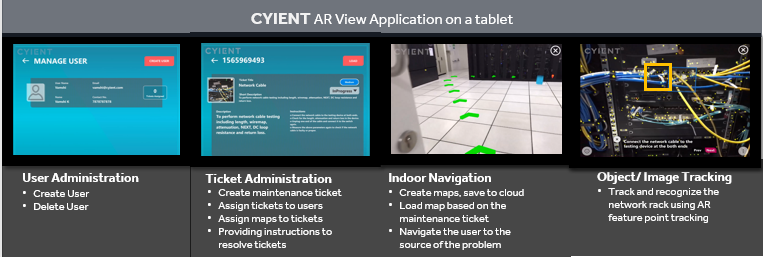Digital Toolbox for Field Service Technicians Gets a Makeover
Written by Doug Weber 02 Nov, 2020
Network operators can improve service quality by empowering field crews with virtual and augmented reality applications.
Let’s discuss how.
Virtual reality or VR technology is an effective tool to prepare technicians before they are assigned to the field. From getting trained on field repairs and troubleshooting to following quality and safety procedures in a digital environment that simulates the remote location, training modules can be tailored to mimic field scenarios or structured to comply with company or regulatory training requirements. Additionally, when the remote equipment is connected through an IoT network, data from sensors on the equipment can be visualized in the digital environment, enabling remote monitoring and eventually saving on costly truck rolls.
Augmented reality, or AR-assisted maintenance applications, on the other hand, bring information to life and enable a more immersive experience for technicians. By bringing technical manuals, instructional videos, visual and audio instructions, location information, safety warnings, and remote assistance for troubleshooting directly into the field, AR applications ensure that technicians undertake the most appropriate repair work and minimize costly errors that lead to multiple service tickets.
Let’s look at how an AR-assisted maintenance app helped a network service provider seamlessly roll out 5G services worldwide. The industry expectation for 5G is as big, if not bigger, than the scale of the deployments themselves, with customers expecting a faster and more reliable network. But as network expansion increases, so do the potential failure points that service providers must prepare for. While networks are designed to accommodate the massive influx of traffic expected in the future, keeping pace with the growing demand requires service providers to react quickly to minimize service disruptions and communication delays.
Often, even experienced network technicians do not have the information needed to do a quick root cause analysis and fix a service disruption. Where data on the source of disruption is available, ineffective training can complicate or delay restoring the network performance.

Using a tablet, smartphone, or AR glasses, a customized AR app can overlay digital information onto the technician’s real-time field of view. It can help them see repair history, navigate quickly to the exact location of the failure, and get instructions on repairs. Whether it is knowing exactly where an OTDR trace ends or which specific port (out of thousands of ports) is in an error state, specific and directed data in real-time can significantly impact response times and repair cost.
Learn more about Cyient’s Augmented and Virtual Reality solutions and how we are enabling industries and CSPs to solve real-world challenges.
.png?width=774&height=812&name=Master%20final%201%20(1).png)